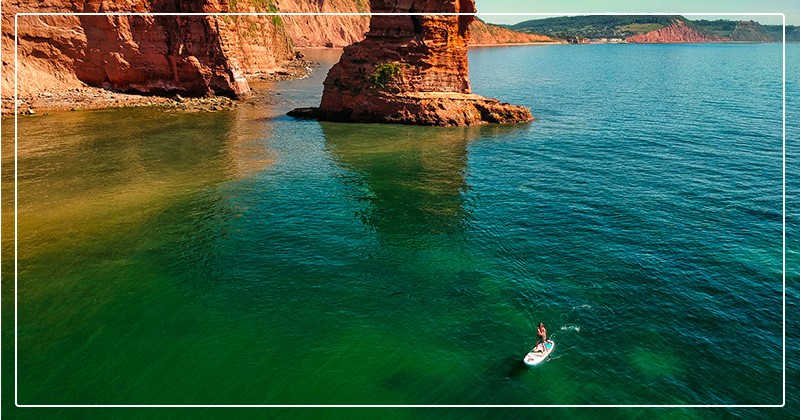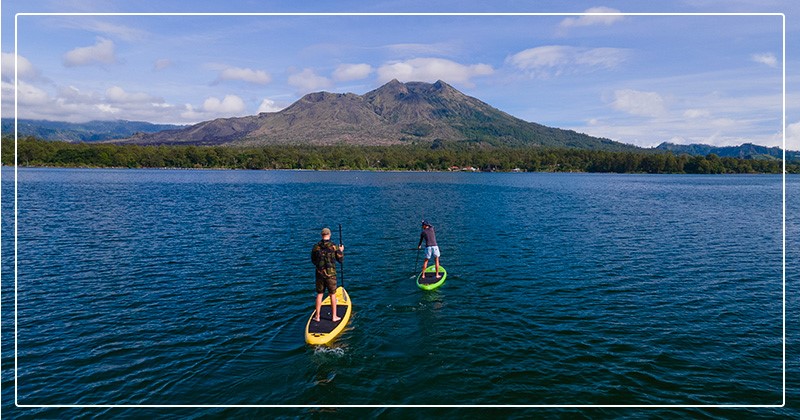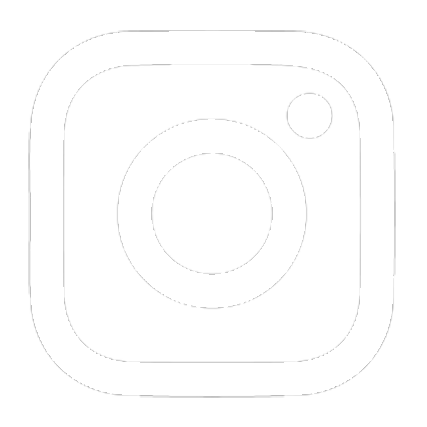
SUP boards: how to choose the right board based on your level of experience
Stand Up Paddling is an increasingly popular activity in Italy, but it is important to know which board is best suited to your personal needs before buying it, since there are many models available on the market.
To choose the best board for your needs and characteristics, it is essential to keep some basic parameters in mind.
1 – ONLY CONSIDER SUP BOARDS THAT ARE SUITABLE FOR YOUR LEVEL OF EXPERTISE
Neither too much, nor too little: the first rule to keep in mind when you approach the SUP board market is to exclude those that are not suitable for your level.
Whether you are a beginner or an experienced rider, choosing the wrong board will certainly affect your performance and consequently your fun.

Starting off with an excessively elaborate board, if you are a complete beginner, makes no sense: it will only lead to less stability and more difficulty in manoeuvring, making navigation much less fun and more risky.
If you already have experience with SUP boards, I recommend choosing a more rigid one, to "complicate your life a little" and increase the level of fun at the same time.
2 – SUP BOARD DIMENSIONS: LONG OR WIDE?
Once you have narrowed down your field to the SUP boards most suited to your level of experience, it is very important to also take into account their dimensions, which are crucial for correct navigation.
For example, the longer the board, the easier it is to paddle, which also means greater stability; for this reason, a 'longboard' is always recommended for beginners.

The same goes for width: the wider a board is, the more stable it is.
It goes without saying, therefore, that if you are an expert surfer you will look at the 'shortboard' sup boards, i.e. the shorter and narrower ones, decidedly more difficult to control but also much faster on the waves.
3 – FINS AND ROCKERS ON SUP BOARDS: HOW TO CHOOSE?
Fins are positioned at the end of SUP boards and are fundamental for giving the right direction and navigation stability: in this case too, the choice must be very careful, as fins of different sizes, and in different quantities, definitely change the perception of one's board.
The same goes for the rocker, i.e. the curve located in the lower part of the board: there are different types, but it is important to know that the 'curviest' SUP boards are the slowest ones. They are therefore more suitable for beginner surfers, as they create greater friction with the water.
4 – SUP BOARDS MAINTAINANCE: WHAT IS NEEDED?
When talking about SUP boards, great attention must be placed on care and maintenance, starting from the type of wax that is applied to guarantee maximum grip: there are different types to choose from, based on the temperature of the water and the conditions of the sea. For this reason, I advise you always it ask an expert in the sector before purchasing it.

Last but not least, three tips that may seem obvious but can really make a big difference to the lifespan and performance of your board:
- always purchase a protective and toe protection case, especially in the case of shortboards, to avoid damage during transport;
- buy and always bring along a repair kit, which will allow you to fix small damages;
- in the case of an inflatable board, purchase the inflator best suited to your needs.
For more information on the characteristics of SUP boards, best practices and inflators, do not hesitate to contact us, we will be very happy to help you!
https://www.scoprega.it/en/contact/contact-us/





